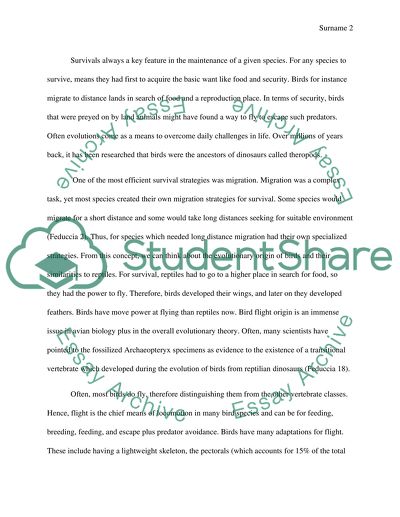Cite this document
(“Origin and Evolution of Birds Paper Assignment Example | Topics and Well Written Essays - 2750 words”, n.d.)
Retrieved from https://studentshare.org/biology/1394409-origin-and-evolution-of-birds
Retrieved from https://studentshare.org/biology/1394409-origin-and-evolution-of-birds
(Origin and Evolution of Birds Paper Assignment Example | Topics and Well Written Essays - 2750 Words)
https://studentshare.org/biology/1394409-origin-and-evolution-of-birds.
https://studentshare.org/biology/1394409-origin-and-evolution-of-birds.
“Origin and Evolution of Birds Paper Assignment Example | Topics and Well Written Essays - 2750 Words”, n.d. https://studentshare.org/biology/1394409-origin-and-evolution-of-birds.


